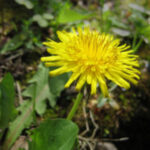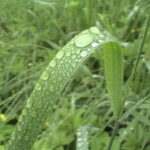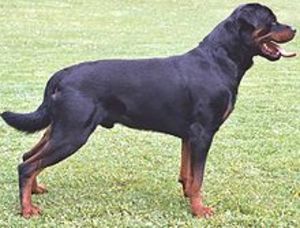Not many plants can be found throughout the world, in a wide range of climates. Taraxacum officiales, more commonly known as dandelions, are plentiful throughout the world in mostly temperate climates. Dandelions are easily recognizable by their bright yellow bloom. Widely used for medicinal and herbal purposes, they can also be eaten as a regular food, whether cooked or raw. Most people do not know dandelions for these uses; instead, dandelions are most often seen as encroaching on lawns, as fast growing and tough to remove weeds. This reputation stems from the structure of achenes, the seed-carrying fruits of the flower. Achenes allow for more efficient seed dispersal, making the species more successful and hardy, irrelevant of environmental conditions.
The dandelion’s first order of business is pollination; once the organism completes this, it must then spread its fertile seeds, to produce offspring and keep the species alive. Prior to seed dispersion, the visible flower is called inflorescence and is bright yellow. The inflorescence is comprised of hundreds of florets, each protruding straight out of the flower head. Once pollination is complete, the florets wither and the flower head develops into the clock. Instead of florets growing from the dandelion clock, achenes begin to show. Achenes contain the seed and are therefore considered the fruits of the organism. They are slowly expelled from the organism as it matures. At this point, the achenes are ready to carry out their role for the dandelion.
The dandelion would be unable to productively reproduce without the structure of the achenes, which have three main components. The first part to obtrude from the dandelion clock is the pappus. Consisting of thin, white, hair-like extensions, the pappus fans out above the top of the achene. The pappus are connected to a long slender strand, the beak; this beak links the pappus with the seed at the bottom. Each achene is lodged in the dandelion clock by the seed. Rigged and jagged, the seed has a rough outer coat that grips the indentations in the clock. This prevents the achene from falling from the organism before it is fully developed. As the clock matures, the achenes mature as well; the maturation of these structures is visible in the expanding pappus and lengthening beak. In addition, the indentations that the seeds sit in become shallower. At any given point, the achene can dislodge. The major factor in such dislodging is most often the wind. Now separated from the organism, the pappas allows the achene to drift through the air. This is due to the greater surface area that is created by the pappas. The wide top, the pappas, and more weighted bottom, the seed, create the perfect balance of stability. The achene must travel at minimum speeds of 1.44 miles per hour to keep it afloat. The achene enables the seed to travel, resulting in greater geographic distribution of the dandelion’s offspring. The pappas can furthermore carry the achene by getting caught on things passing by the plant, such as an organism with fur or feathers. For example, an achene could get knocked off a dandelion by a squirrel passing over it. Instead of simply falling to the ground at the base of its parent, the pappas would make it possible for the achene carrying the seed to temporarily cling to the coat of the squirrel. Eventually the achene would get brushed off the squirrel but by that point, it would be in an entirely new location. The pappas, beak, and seed base combine to make the dandelion offspring mobile, and therefore make the species more enduring.
Once the achene stops, the beak and pappas break off, and the seed can now germinate. Dandelion seeds can wait up to nine years to germinate. Therefore, despite unfavorable conditions at the time of arrival, the seed still has the opportunity to grow when more advantageous conditions arise. This ability and the ability of the achene to travel are very beneficial to the dandelion. If the dandelion lives in a poor environment where the offspring have no chance for survival, the species can still live on because the seeds can germinate and breed where ever they land. Dandelions’ achene have evolved and become a valuable asset in ensuring the species’ survival.
Contrary to the popular view, dandelions are much more than a commonplace weed. They have adapted to include and complex and efficient system to benefit their offspring. The achenes contain three major parts, the pappas, beak, and seed, which coordinate to facilitate the movement of the seed. In turn, the transport of the seed allows for more chances of living. The structure of the achene catalyzes the process of seed dispersal, making it a more effective and functional process all together.
Kirschner, Jan. ” A Revision of Taraxacum Sect. Piesis.” Folia Geobotanica 33.4 (1998): 393-398. 15 Mar. 2009
Gier, L. “Anatomy of Taraxacum Officinale ‘Weber.'” Transactions of the KansasAcademy of Science (1903-) 45 (Mar. 1942): 94-97. JSTOR. 15 Mar. 2009
Small, James. “Hydrodynamics of Fruit-Dispersed in Taraxacum Officinale.” New Phytologist 17 (Oct.-Nov. 1918): 215+224. JSTOR. 15 Mar. 2009
Van Dijk, Peter. ” Ecological and Evolutionary Opportunities of Apomixis:
Insights from Taraxacum and Chondrilla.” Philosophical Transactions: Biological Sciences 358.1434 (2003): 1113-1117. JSTOR. 15 Mar. 2009




